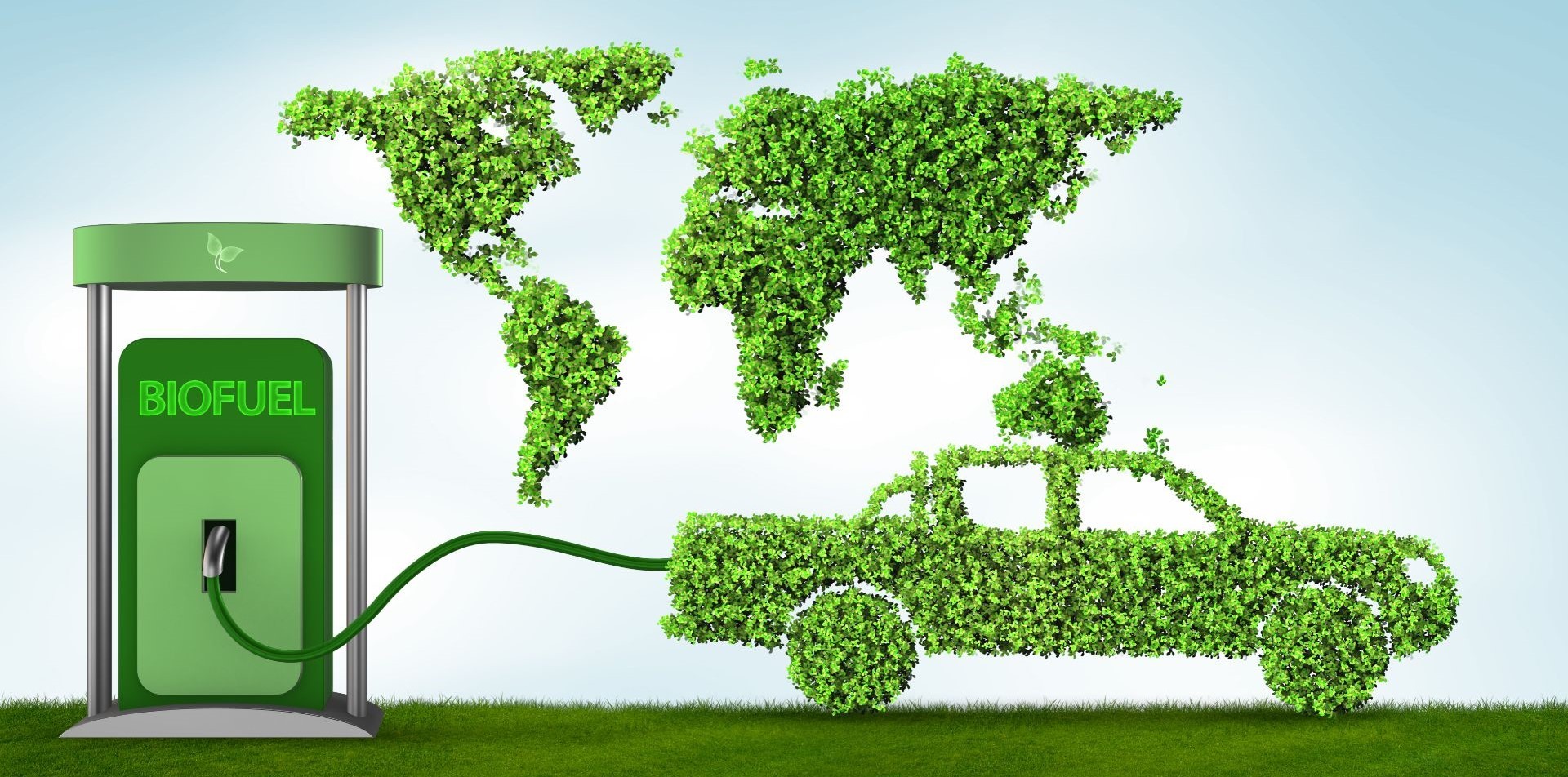Calling All Investors: Positioning Synthetic Biology in the Service of Climate Change
Policy interventions are essential to translate synthetic biology research into practical solutions for climate change mitigation
Jun 17, 2024
Wind, solar, and fusion power might be what immediately comes to mind when you think of technologies for mitigating a changing global climate. At first glance, engineered cells in a vat probably sound more pertinent to health and medicine than meeting climate needs, yet such synthetic biology is a critical part of the “all hands on deck” approach to climate change.

What public and private policy interventions might facilitate the application of research innovations in synthetic biology to reduce global greenhouse gas (GHG) emissions? In a recent perspective article in Nature Communications, lead study author Jonathan Symons, associate professor at the Australian Research Council Center of Excellence in Synthetic Biology within Macquarie University, and coworkers laid out a compelling analysis.
Investment Is Challenging
No business makes an investment unless there’s money to be made. For example, avoiding GHG emissions doesn’t directly make anyone money. Instead, presenting the long-term profitability of solar power, for instance, encouraged decades of support focused on commercialization and deployment—and the investment is paying off. For example, in 2023, over 60 billion USD in U.S. private economic investment corresponded to solar energy, and the global market for solar power, estimated as being over 253 billion USD, is projected to reach over 436 billion USD by 2032.
Making an analogous public-private investment case for synthetic biology is essential to reach its full potential for mitigating climate change. Ian Paulson, director of the Center, supports this point: “Synthetic biology has tremendous potential for the country [Australia – ed] to develop new biomanufacturing industries that can address climate change. But that will require significant government support and external investment. It’s also important that we align with the rest of the world in terms of policy and regulation.”
Overcoming the Investment Challenges
Symons et al. focus on overcoming these investment challenges. They propose that whereas national/international goals and directives are well-intentioned, specific policy interventions that link basic research to application deployment are necessary to facilitate investment. In brief, decisions on making these interventions should be based on synthetic biology’s technical potential and political feasibility for mitigating climate change and, concurrently, the type of policy support that’s necessary.

For example, Symons et al. indicate that the following policy considerations are relevant to substituting synthetic meat and milk for analogous emissions-intensive products:
Synthetic meat and milk might reduce deforestation yet harm rural livelihoods in the short term.
The investment value is high, yet the technology readiness—in this case, economic competitiveness—is a work in progress.
Full infrastructure readiness requires the ability to scale up, which established producers are highly likely to oppose, especially if done on a large scale. Nevertheless, the areas considered to be productive would expand.
Accordingly, addressing opposition from established producers and focusing on public support for reducing CO2 emissions might be advantageous policy interventions. Symons elaborates on the dilemma of public support and how to maximize it: “Public acceptance of new technologies is linked to perceptions of uncertainty and risk, anticipated beneficiaries, and trust in the actors governing and deploying the technology. Public confidence is enhanced by measures that reassure people that technologies are being developed cautiously and for the public interest, rather than solely to maximize corporate profits.”
Symons further emphasizes that “building capacity and transferring biotechnology to countries in the global south is a crucial component” of building public support for using synthetic biology to mitigate GHG emissions: “Climate-linked challenges may prove to be one of the areas of biotechnology where international research collaboration, data sharing, and multilateral regulation is most fruitful.”
In this context, Magalie Guilhabert, PhD, Vice President and head of the Agriculture Department at Ginkgo Bioworks, shares that Ginkgo is collaborating with the Centro de Tecnologia Canavieira to “accelerate innovations in crop protection for sugarcane farmers—an ongoing and critical agricultural challenge in Brazil.” The partnership will “discover and optimize novel biocontrol molecules to control sugarcane pests and ensure the longevity and resilience of the crops.”
Specific Contributions of Synthetic Biology
Symons et al. propose that after overcoming investment challenges and with clear policy decisions in hand, there are four main scalable ways to use synthetic biology to mitigate climate change:
Replace some fossil fuels in transport with biofuels derived from agricultural and city waste. The heterogeneity of such waste is a production challenge, but biofuels could supplement the fluctuating production of wind and solar power.
Reduce emissions from industry, construction, and agriculture. For example, biomineralization can help reduce the emissions from preparing concrete—currently ca. 8% of global CO2 emissions—and lead to a more resilient product.
Substitute carbon-intensive products with biosynthesis. Fertilizer is a prime example; nitrogen-fixing microbes for replacing the Haber–Bosch ammonia synthesis—currently ca. 2% of global CO2 emissions—are in the early stages of commercialization, yet scale-up will be challenging.
Undertake direct sequestration of CO2 and other GHGs outside production facilities. The release of engineered microbes for CO2 or methane consumption would be risky and controversial, and the policy would require extensive public deliberation.

On this third point, Guilhabert shares that Ginkgo and Bayer are partnering to harness microbes that will “boost plants’ naturally occurring process of nitrogen fixation. This shift promises cost savings for farmers, minimal environmental impact, and improved food security on a global level.” Potential benefits include “critical protection against soil-borne pathogens, seed-borne insects, foliar diseases, and pests.”
Three Immediate Policy Priorities
What can be done right now to increase the credibility of using synthetic biology to mitigate climate change and thus help build a case for investment? Symons et al. propose three actionable steps:
The Intergovernmental Panel on Climate Change should assess synthetic biology’s climate change mitigation potential.
Climate funding agencies should support synthetic biology research capacity throughout the global south, especially toward agencies with expertise in producing public goods in low-income regions.
Global synthetic biology initiatives should devise climate mitigation goals and formulate corresponding incentivization plans.
Sakkie Pretorius, Deputy Vice Chancellor for Research at Macquarie University, concludes with a similar argument: “De-risking public-private investments in first-of-its-kind biomanufacturing facilities is essential to accelerating development of the global bioeconomy. We must now start to bring advanced and developing economies together to discuss global needs, financing arrangements, and global benefit sharing.”


















